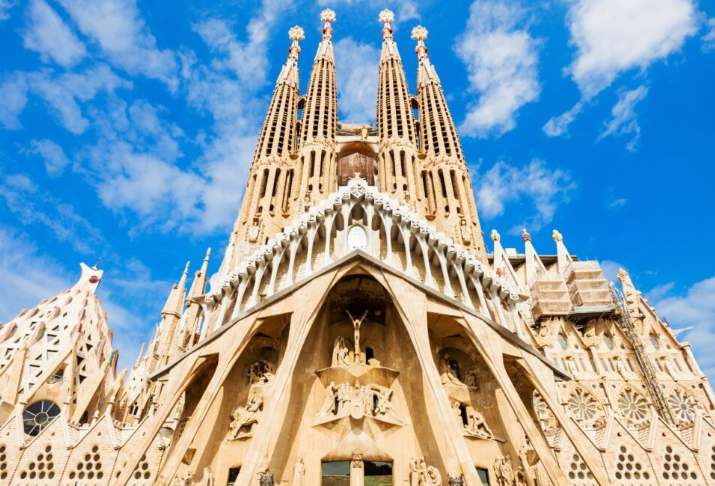The Sagrada Família’s construction timeline is nothing short of legendary—spanning over 140 years—making it one of the most prolonged architectural endeavors in the world. This extraordinary duration stems from a combination of bold design choices, financial hurdles, historic disruptions, and an unwavering commitment to artistic integrity.
When Antoni Gaudí took over the project in 1883, he defied conventions by beginning construction with the facades rather than the foundations, ensuring visible progress to maintain public engagement—an audacious strategy that both inspired and delayed longevity.
Funding has always been another major challenge. The Sagrada Família has relied almost entirely on private donations and ticket revenue, rather than government or institutional support, meaning construction paced itself to finance.
Historical upheavals also took their toll. The Spanish Civil War (1936–1939) destroyed much of Gaudí’s original models and plans, forcing a painstaking reconstruction before work could resume. Recent global crises, including the COVID-19 pandemic, caused further interruptions, revealing how deeply the project depends on tourism-based funding.n is now in sight. The basilica is projected to be substantially finished by 2026, the centenary of Gaudí’s death.
This prolonged timeline reflects not failure, but an extraordinary journey—a testament to visionary architecture, cultural persistence, and historical endurance, where every stone tells a story of devotion and perfection realized across generations. To experience this unfolding masterpiece, plan your visit via the official site: Ticket Sagrada Familia.




Comment (0)